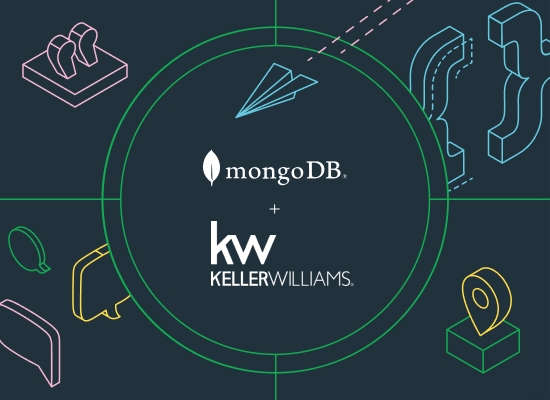Keller Williams transforms into a technology innovator with MongoDB


“We executed a replatform to MongoDB Atlas. We are now running four microservices on Atlas, and everything is working so much better now.”
Jim McClarty
Software Architect, Consumer Team, Keller Williams
Software Architect, Consumer Team, Keller Williams

“We made the decision to give our developers the best way to work with data — freeing developers to develop — by letting the experts at MongoDB manage the data clusters and machines for us.”
Jim McClarty
Software Architect, Consumer Team, Keller Williams
Software Architect, Consumer Team, Keller Williams

“With MongoDB Materialized Views, I am no longer beholden to the decisions of developers who went before me. If I need data in a different shape, I can get it done quickly and easily.”
Jim McClarty
Software Architect, Consumer Team, Keller Williams
Software Architect, Consumer Team, Keller Williams

“I don’t know how we would have done this without Triggers. Instead of experiencing data loss, we are equipping agents and consumers with the most complete and accurate information about properties in real time.”
Jim McClarty
Software Architect, Consumer Team, Keller Williams
Software Architect, Consumer Team, Keller Williams

“MongoDB Charts is helping us manage everything from core functions — for example, whether we’re getting data ingestion consistently — to more user-facing considerations, such as how many consumers currently using the system are associated with a given agent.”
Jim McClarty
Software Architect, Consumer Team, Keller Williams
Software Architect, Consumer Team, Keller Williams

“MongoDB Charts helps me give our product managers the information they are always asking for, and best of all, I can create a chart once and they can self-serve going forward.”
Jim McClarty
Software Architect, Consumer Team, Keller Williams
Software Architect, Consumer Team, Keller Williams

“We recently used Atlas Functions to avoid a full rollback waiting for a new rule to be ready. We simply put in the business logic to make it happen — it took literally two minutes to prepare — and our live data kept performing flawlessly straight through.”
Jim McClarty
Software Architect, Consumer Team, Keller Williams
Software Architect, Consumer Team, Keller Williams

“MongoDB is a true modern, multi-cloud database platform.”
Jim McClarty
Software Architect, Consumer Team, Keller Williams
Software Architect, Consumer Team, Keller Williams

“Adding some of these things could have us living happily in MongoWorld someday without having to deal with much of anything else.”
Jim McClarty
Software Architect, Consumer Team, Keller Williams
Software Architect, Consumer Team, Keller Williams
Take the next step
Get access to all the tools and resources you need to start building something great when you register today.
.svg)